9 Days Tanzania Wildebeest Migration Safari
Overview
fun for the whole family
This dream itinerary is specifically designed to follow the Tanzania Wildebeest Migration Safari. With four nights in the Serengeti, you’ll have the opportunity to visit the central Serengeti and spend some days witnessing the great migration, which could be in the south (Ndutu) from December to March or in the remote northern tip of the Serengeti from July to November
Day to day Itinerary
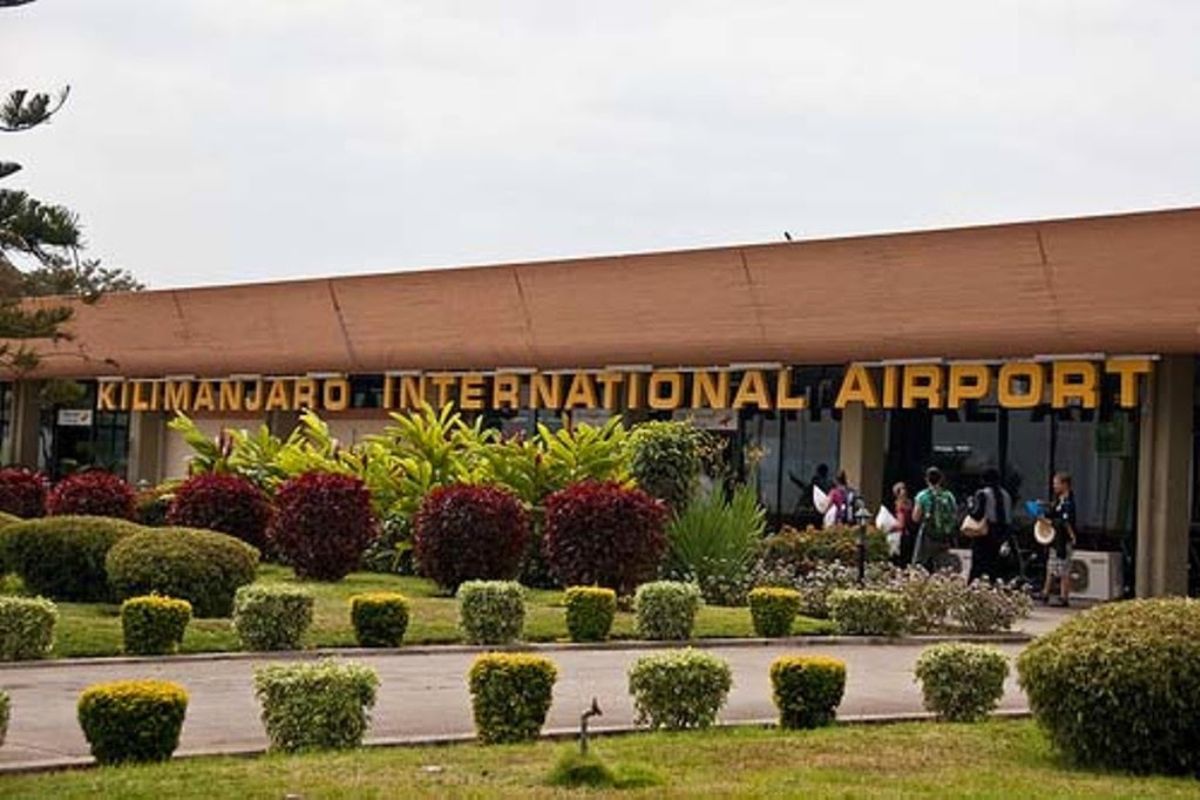
Day 1: Arrival - Arusha
Welcome to Tanzania! Upon your arrival into Kilimanjaro Airport and after clearing customs and immigration, you will be met by your Ribris Safaris representative who will transfer you to the lodge for overnight. Overnight The African Tulip
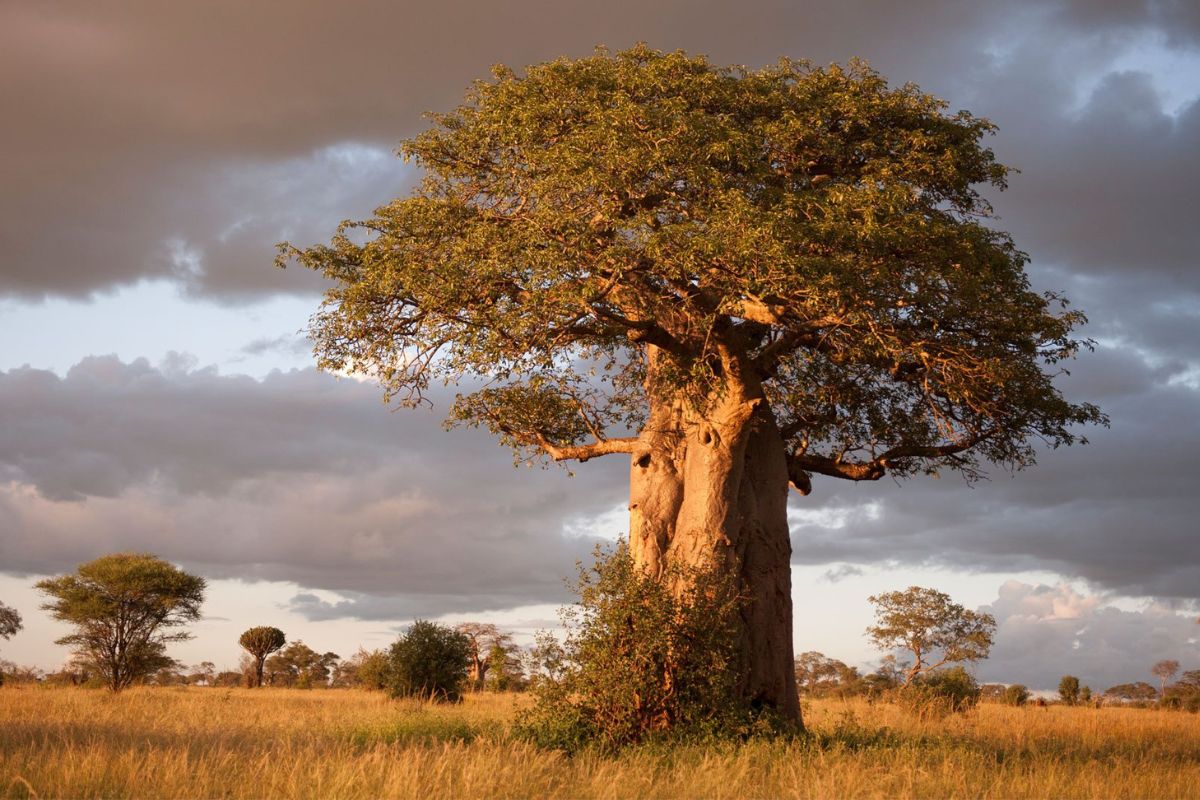
Day 2: Tarangire National Park
After our breakfast we depart for Tarangire National Park for our full day game drive in on her diverse landscapes. Tarangire, with her nine vegetation zones, is peppered with ancient baobab trees, the largest trees in Africa, dotting the landscape, dwarfing the animals that feed beneath them. The Tarangire River, meandering through the park, attracts an abundance of wildlife, from elephant, lion, leopard, buffalo, zebra, giraffe, antelope, to a myriad variety of colourful birds. The park is most famed for having the greatest elephant population in Tanzania and, during a safari here, we will have the opportunity to quietly observe many families of elephant interacting. With a stop for a picnic lunch in an observatory inside the park where we may view animals imbibing the refreshing waters of the river, with oft times lions attacking a thirsty zebra or wildebeest. We rove on on our safari til evening begins to fall when we shall return to our lodge for dinner and well deserved rest. Meal Plan: Full Board
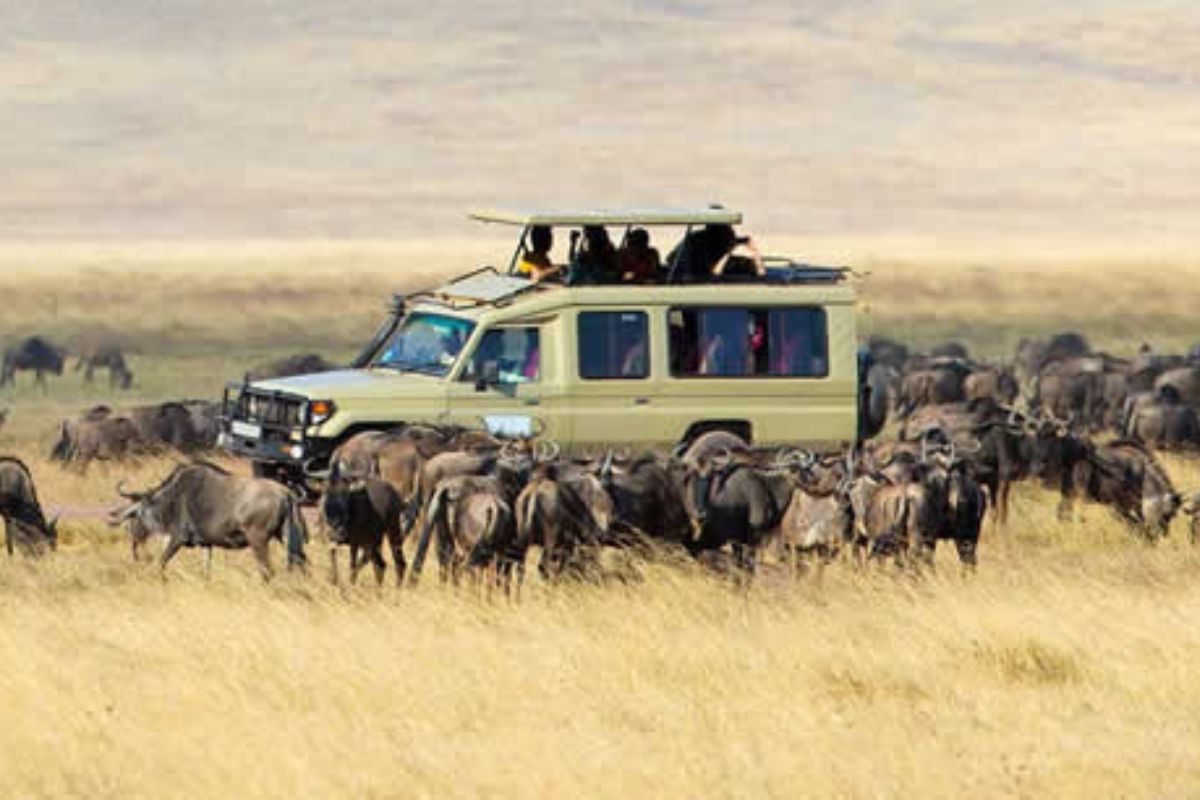
Day: 3 Serengeti National Park
On this, our second day, we set out for the world renowned Serengeti, home of the Tanzania Wildebeest Migration Safari and one of the seven wonders of Africa. Our drive today is spectacular as we drive up onto the highlands, and the spectacular Ngorongoro Crater. Spread out before us as far as the eye can see is the vast Serengeti, a 6,900 sq. mile park inhabited by more than three million large animals including more than 1.5 million wildebeest, 250,000 zebra, and a 500,000 Thomson’s gazelle. Large predators including lion, cheetah, and hyena, are drawn to the area by this abundance of prey. Many smaller animals like rock hyrax, bat eared fox, mongoose, honey badger, monkey, baboon, and African hare, also here inhabit along with nearly 500 species of birds After lunch we continue with the game drive en-route to the lodge where we dine in comfort, take a drink by the outdoor fire with hyena slinking past, and recall our day beneath the endless African sky before finally turning in. Meal Plan: Full Board
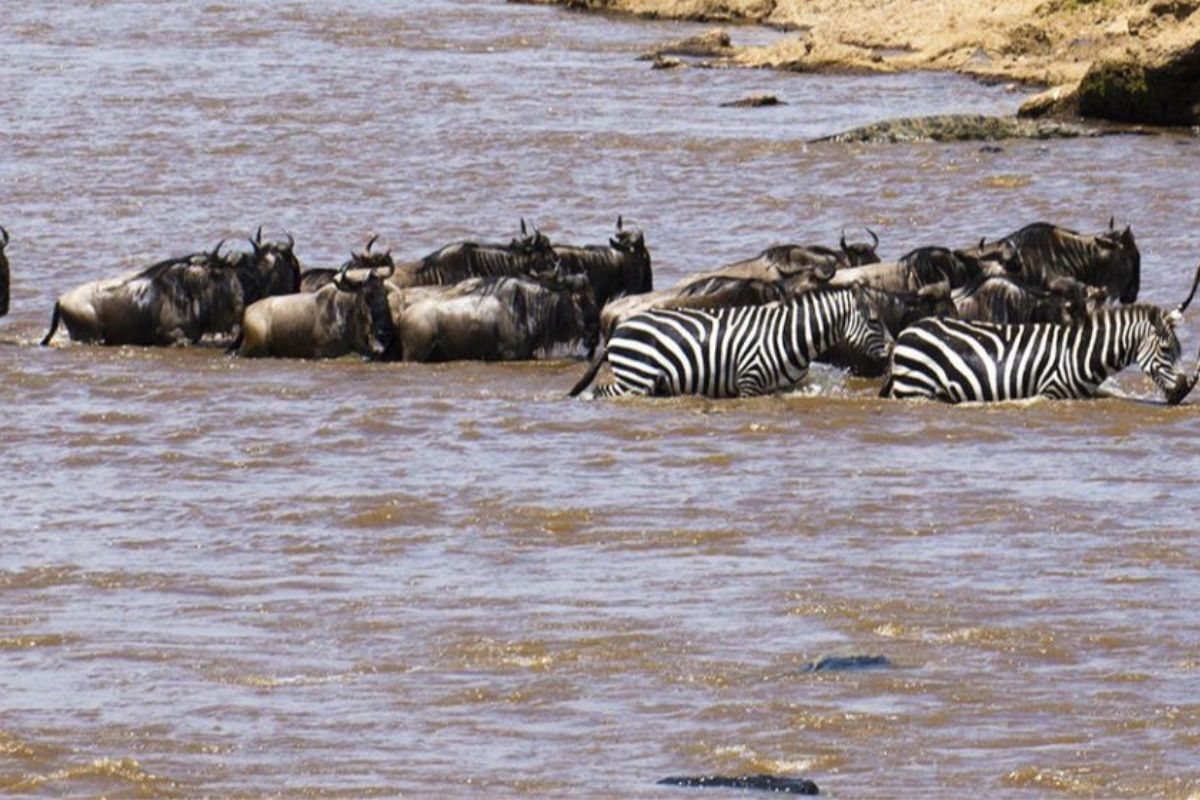
Day 4: Serengeti National Park Central
This whole day we will spend on a game drive in the Serengeti National Park. During the short rainy season in November and December the herds move from the hills in the north to the plains in the south while during the longer rainy season from April to June they return back up north. This circle of life is determined by the rainfalls and locations of the herds might vary from year to year but our guide will know where to find the animals and where best to view them. A visit to the Serengeti Visitor Center is also possible. Here we can learn more about the history of the park and the research that is being done by the Frankfurt Zoological Society. Dinner and overnight at central Serengeti for the next day of our Tanzania Wildebeest Migration Safari to the northern Serengeti. Meal Plan: Full Board
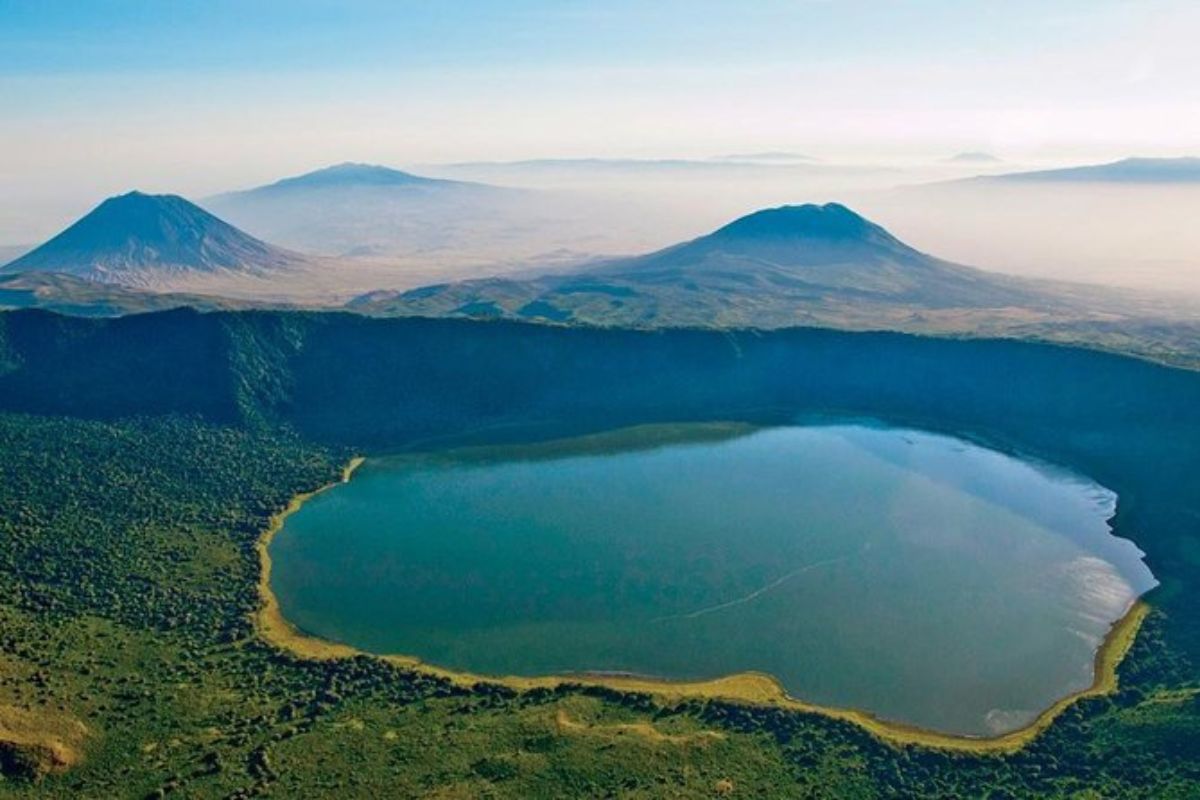
DAY 5: Serengeti National Park > Following the Migration
On these days our fifth and sixth, we will rumble our way across the Serengeti’s vast plains in search of the migration. The location of the Tanzania Wildebeest Migration Safari depends on the time of the year and could be as far as the remote North of the Serengeti near the border with Kenya, or alternatively, in the South, the Ndutu Region. After our hearty breakfast a full day exploring The Serengeti National Park lies ahead of us with both morning and afternoon game drives. We will traverse the Serengeti’s vast plains in search of the migration. We will spend a full day taking in with all our senses this incredible Earthly paradise, exploring the park, its animals, and incredible landscapes. Meal Plan: Full Board
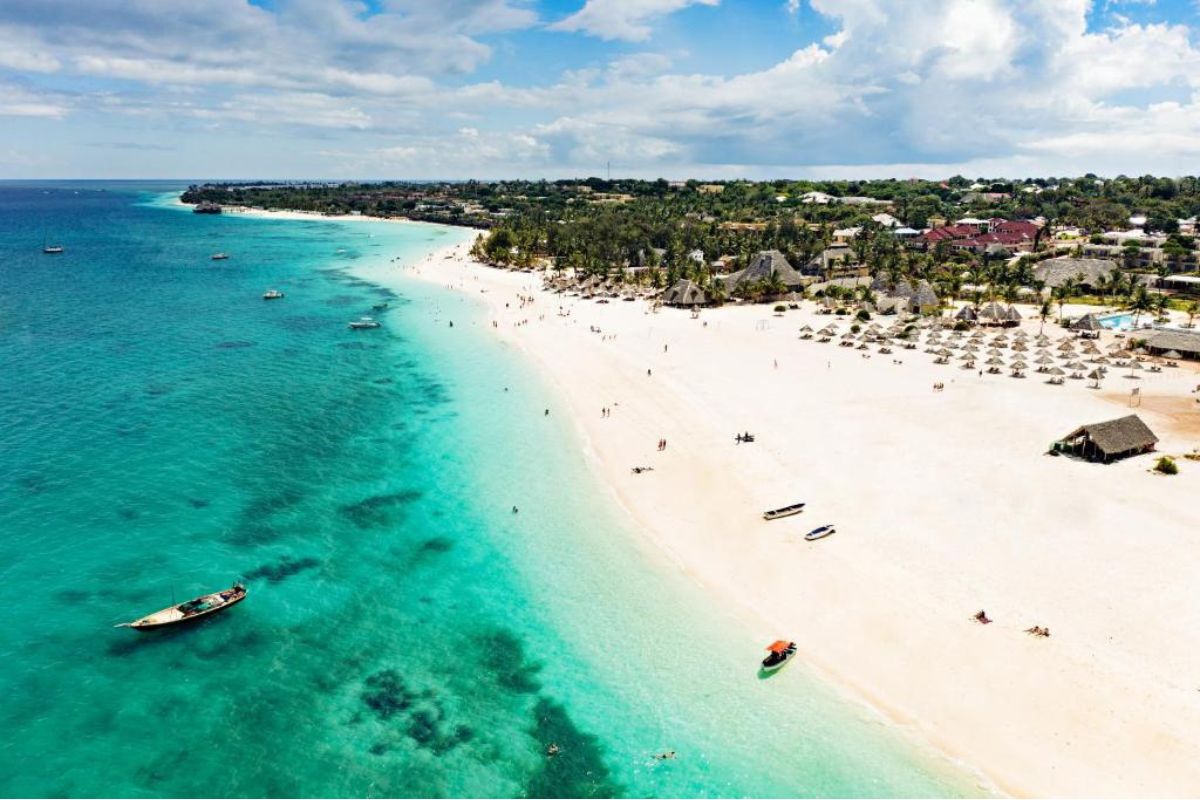
Day 6: Serengeti National Park
After our hearty breakfast a full day exploring The Serengeti National Park lies ahead of us with both morning and afternoon game drives. We will traverse the Serengeti’s vast plains in search of the migration. We will spend a full day taking in with all our senses this incredible Earthly paradise, exploring the park, its animals, and incredible landscapes. Meal Plan: Full Board
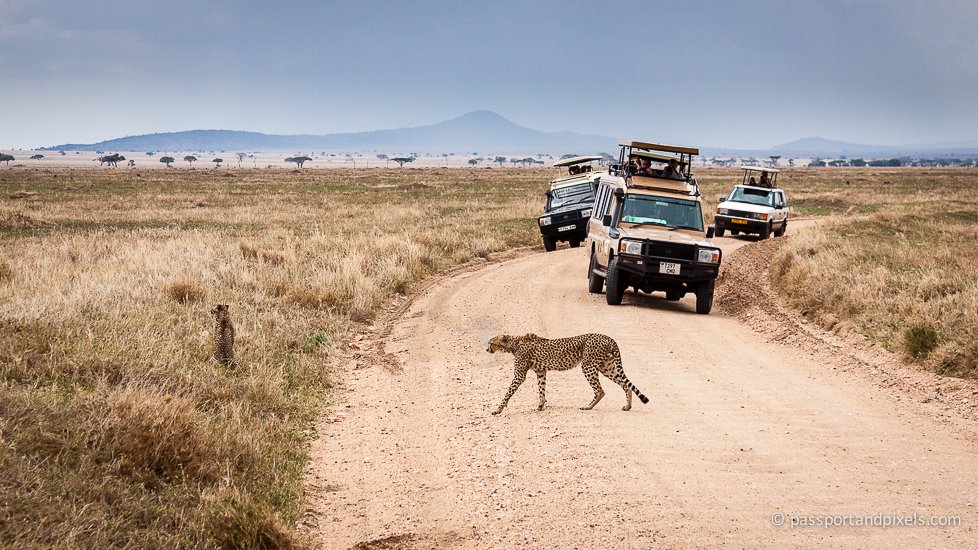
Day 7: Serengeti to Ngorongoro
After breakfast we enjoy yet another game drive in the Serengeti National Park and we may well spot animals not yet encountered over the last two days. The Serengeti is also home to the “Big Five” – lion, elephant, buffalo, rhino, and leopard and, today, we might have the opportunity to tick off all the members of this group. After our lunch at a picnic site we drive in the direction of the Ngorongoro Crater and, as soon as we have reached the rim of the crater, the caldera opens up before us. This approximate 20 km wide crater is a UNESCO World Heritage Site and home to over 25,000 animals, is the best place of all to see these creatures in their true state, natural and wild. We will drive to Lodge from whence we may witness the sun setting over the stunning caldera vista. Meal Plan: Full Board

DAY 8: Ngorongoro crater
Very early on this, our last morning, we descend down onto the crater floor for a day of wildlife viewing in one of the most incredible places on Earth. One of the seven wonders of Africa, the Caldera was formed about three million years ago with the massive explosion of a volcano that rivaled Kilimanjaro in height. The Caldera, 610 m deep and covering roughly 260 square kilometers, is an enclosed ecosystem. Ngorongoro, coming from the Maasai for the bell their cows wear, onomatopoeic in its mirroring of the sound that fills the valley as their herds graze, is one of the premier places in Africa to view the big five in their element, in the wild, as well as wildebeest, gazelle, reedbuck, a plethora of others, along with about 500 bird species After a stop for our delectable picnic lunch near the hippo lake and more wildlife viewing in the afternoon, we ascend, surely sated, up the steep road out of the crater for our return to Arusha and the inevitable end of our adventure. Meal Plan: Full Board

Day: 9 Lake Manyara National Park
After breakfast we drive to our final destination on this epic safari – Lake Manyara National Park. This relatively small but diverse park, 120km west of Arusha, is so named for the shallow salt lake which covers a good seventy percent of the parks surface area. Flooding and drying with the seasons the soda lake is home to thousands of flamingo as well as over 500 other bird species. On our exploration of the park we will see monkey, giraffe, zebra, wildebeest, buffalo, elephant and, with some luck, lions lounging in the trees. The park is known for its diverse landscapes; not only open grassy plains, but also primate-filled woodlands and baobab dotted cliffs. After another memorable game drive we, with our adventure at an end, return to Arusha in the late afternoon, replete with images of the African wilds to last a lifetime. Meal Plan: Full Board

10: Departure Day
You will be pick up from your accommodation in Arusha according to your flight schedule and drop off airport ready to catch your flight to the next destination.
- Arrival and departure
- Airport transfers
- All Park entrance & Concession fees.
- Full board accommodation on tour and paid extras as indicated in each day
- Service of an English speaking driver guide
- Transport based on an excellent Vehicle/ with a pop up roof for comfortable Animal viewing
- Driver’s allowances and park fees for vehicle and driver
- Game drives/safari activities as per the Itinerary
- Hot air Balloon in Serengeti
- Complementary bottle of water daily
- Complementary of Safari hat
- Bush lunch
- Ngorongoro Crater
- Flight from Serengeti to Arusha
- Day room service in Arusha
- Government taxes
International flights.
Airport Transfers (Unless mentioned otherwise).
Additional accommodation before and at the end of the tour (Unless mentioned otherwise).
Tips.
Personal Items (Souvenirs, Travel Insurance, Visa Fees, etc.).
Government imposed increase of Taxes and or Park Fees.
Any activities not mentioned in the itinerary.
